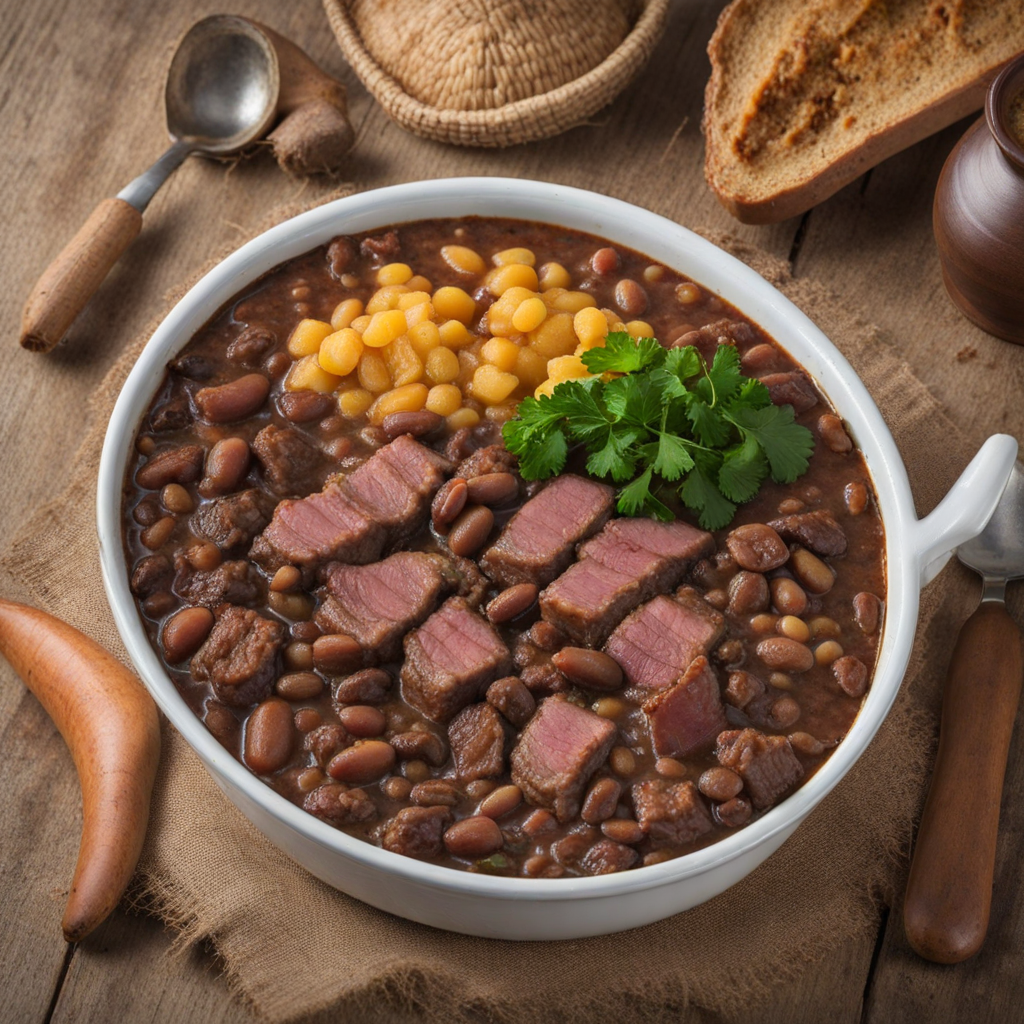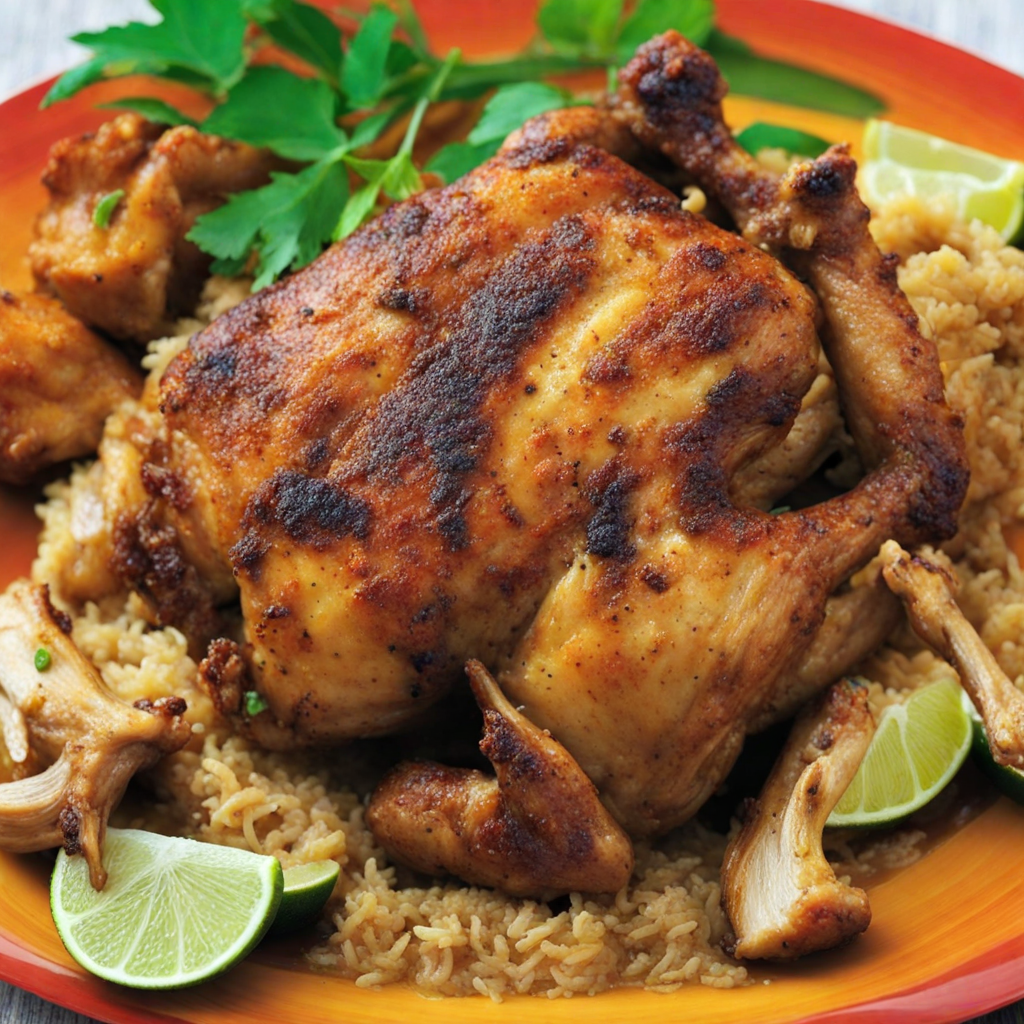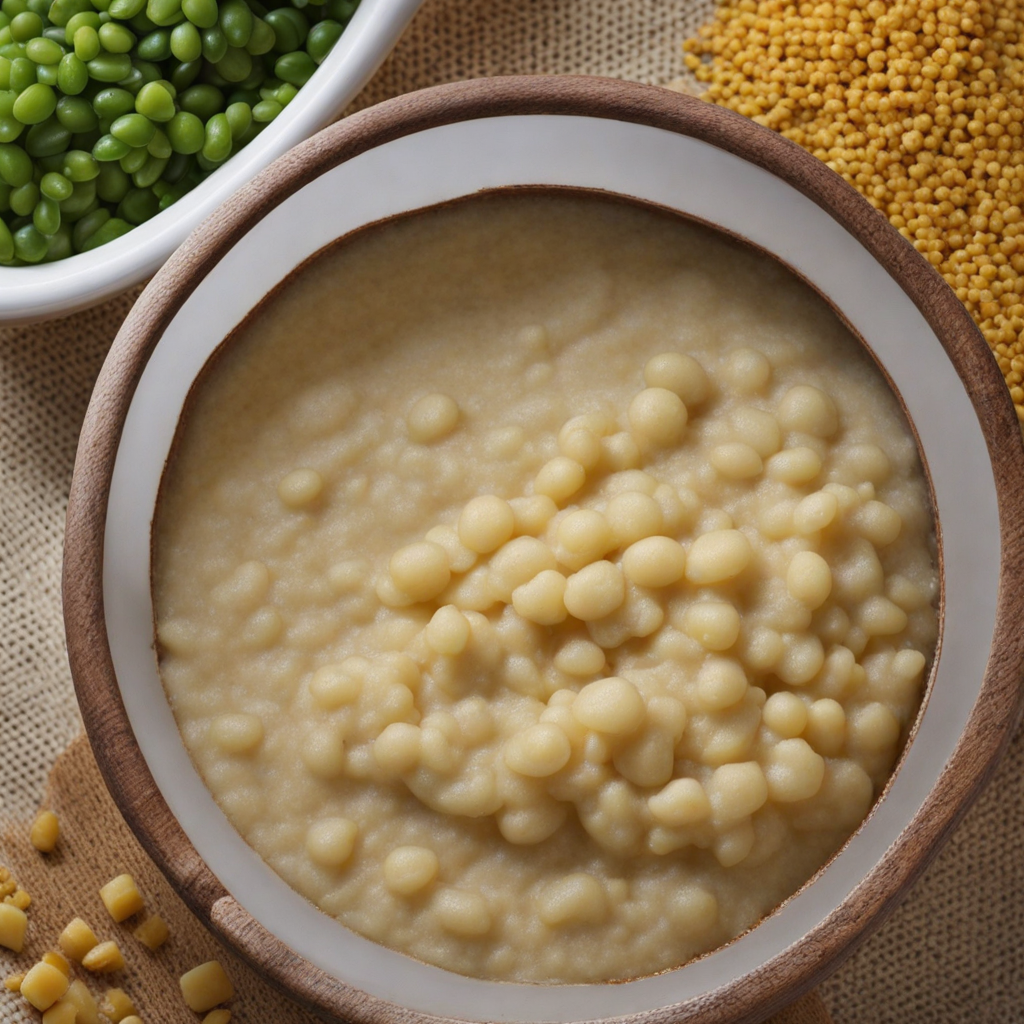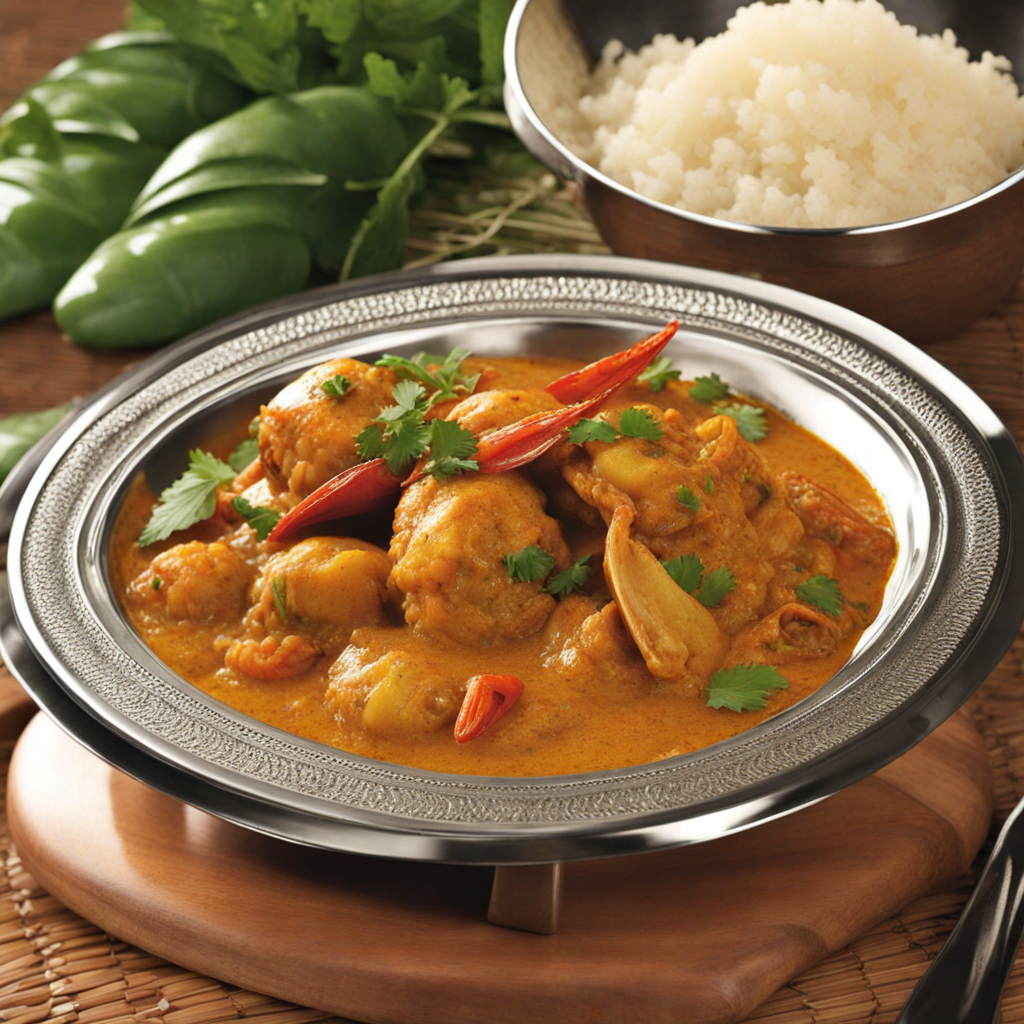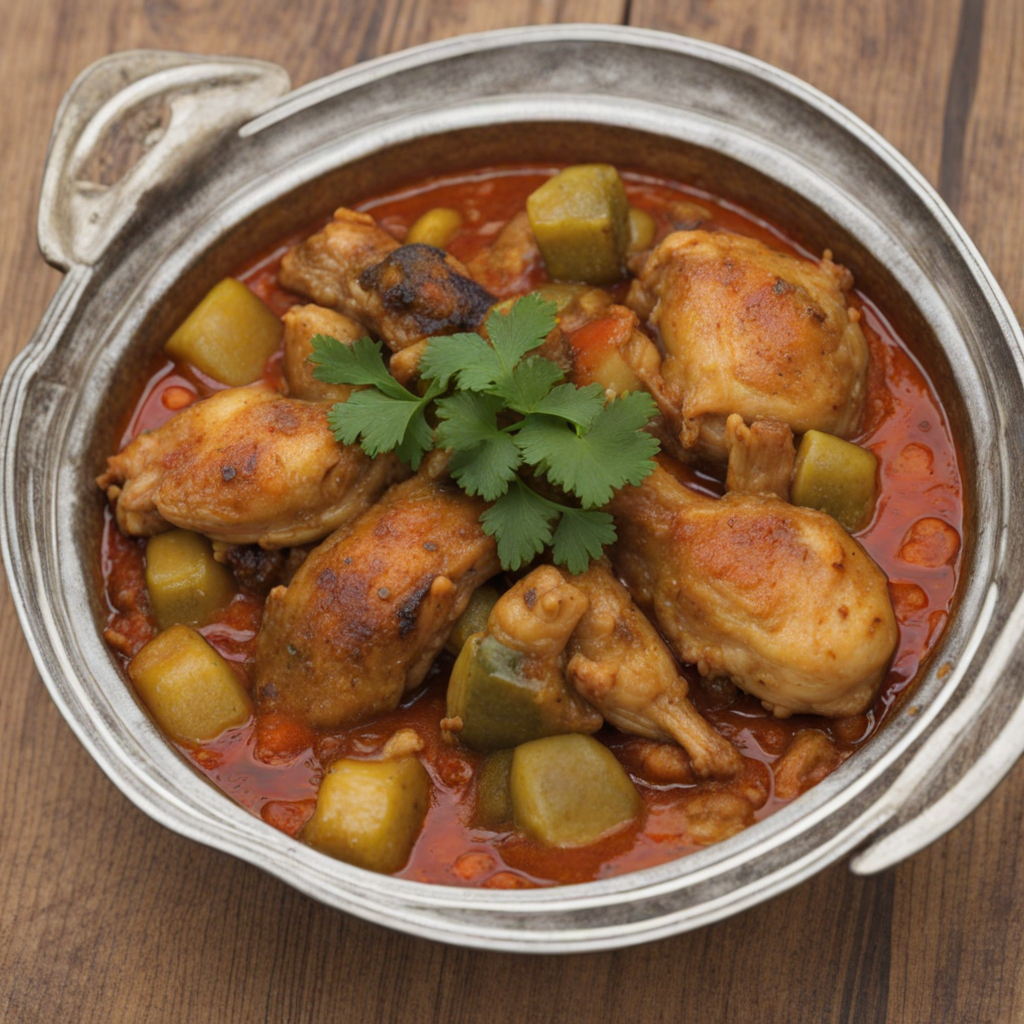Feijoada
Feijoada à Moçambicana is a beloved dish in Mozambique, known for its rich flavors and hearty ingredients. This traditional stew, which has Portuguese origins, has been embraced and adapted by the Mozambican people, becoming a symbol of culinary identity and cultural heritage. The dish is often served during special occasions and family gatherings, reflecting the communal spirit of Mozambican dining. Historically, feijoada is rooted in the Portuguese feijoada, a bean stew that originally featured black beans and various cuts of pork. When this dish made its way to Mozambique, it evolved to incorporate local ingredients and cooking methods, influenced by the diverse ethnic groups and culinary traditions present in the country. Over time, it has come to symbolize the fusion of Portuguese and African cuisines, showcasing the adaptability and creativity of Mozambican cooking. The flavor profile of Feijoada à Moçambicana is robust and complex. It typically features a combination of smoky, savory, and slightly spicy notes. The use of different meats adds depth to the dish, while the beans provide a creamy texture. Spices such as garlic, bay leaves, and chili peppers contribute to the overall warmth and richness. The stew is often served with a side of rice, which balances the richness of the dish and makes for a satisfying meal. Preparation of Feijoada à Moçambicana is a labor of love, requiring patience and attention to detail. It begins with soaking black beans overnight, which helps to soften them and reduce
How It Became This Dish
Feijoada à Moçambicana: A Culinary Journey Through Mozambique Feijoada à Moçambicana is more than just a dish; it’s a vibrant and flavorful emblem of Mozambique’s rich cultural tapestry, reflecting the nation’s history, social dynamics, and the fusion of diverse culinary traditions. Often described as a hearty stew of beans, meat, and spices, feijoada is deeply rooted in the influences of Portuguese colonialism, indigenous practices, and the complex interactions among various ethnic groups within Mozambique. Origins: A Culinary Confluence The origins of feijoada can be traced back to Portugal, where the traditional feijoada—often made with black beans and assorted meats—was developed. Portuguese colonizers brought this dish to various regions of Africa, including Mozambique, during the 16th century. The arrival of the Portuguese marked the beginning of a significant cultural exchange, which saw the integration of local ingredients and cooking methods into European recipes. In Mozambique, feijoada evolved from its Portuguese roots, adapting to local palates and agricultural practices. The Portuguese introduced black beans, which became a staple in the region, but Mozambican cooks began to incorporate local varieties of beans, such as the red kidney bean, and a range of meats, including pork, beef, and chicken. Seafood, especially in coastal regions, also found its way into the dish, showcasing the abundance of fresh fish and shellfish available in Mozambican waters. Cultural Significance Feijoada à Moçambicana is more than just a meal; it is a symbol of community and celebration. Traditionally, this dish is prepared for gatherings and special occasions, such as weddings, festivals, and family reunions. The preparation of feijoada often involves the participation of multiple family members, with everyone contributing to the cooking process, which fosters a sense of togetherness and shared cultural identity. The dish holds particular significance in the context of Mozambique’s history. After the country gained independence from Portugal in 1975, there was a renewed focus on national identity, and traditional dishes like feijoada became a way to celebrate Mozambican culture. It serves as a reminder of the culinary influences that shaped the nation while also representing the resilience and adaptability of the Mozambican people. Feijoada is often accompanied by side dishes that further enhance its flavors and nutritional value. These may include rice, collard greens, or even the beloved ‘piri-piri’ sauce, a spicy condiment made from chili peppers. The combination of flavors and textures creates a harmonious meal that is both satisfying and nourishing, making it a beloved staple in many households. The Development Over Time As Mozambique’s culinary scene continues to evolve, feijoada has undergone various adaptations, reflecting contemporary tastes and the increasing globalization of food culture. In urban centers like Maputo, chefs have begun to experiment with the traditional recipe, incorporating modern cooking techniques and fusion elements while still honoring the dish's historical essence. The globalization of food culture has also introduced new ingredients to the mix. Although the classic recipe remains popular, variations of feijoada can now be found that include ingredients such as sweet potatoes, pumpkin, or even coconut milk, which adds a creamy texture and enhances the dish's tropical flavor profile. These innovations illustrate the dynamic nature of Mozambican cuisine, which embraces change while still paying homage to its roots. In the era of social media and food tourism, feijoada has gained popularity beyond Mozambique’s borders. Food enthusiasts and travelers seeking authentic culinary experiences are drawn to this dish, eager to explore its complex flavors and the stories behind its preparation. As a result, feijoada has found its way onto menus in international restaurants, often presented as a representative dish of Mozambican cuisine. Moreover, the growth of local artisanal food movements has encouraged chefs and home cooks to prioritize traditional ingredients and cooking methods. Many are now sourcing locally grown beans and meats, thereby supporting local farmers and preserving traditional farming practices. This commitment to sustainability not only enhances the quality of the dish but also reinforces the connection between food, culture, and the environment. Feijoada à Moçambicana Today Today, feijoada à Moçambicana remains a cherished dish that encapsulates the essence of Mozambique’s culinary identity. It is celebrated for its robust flavors, comforting qualities, and the communal spirit it inspires. As Mozambicans continue to embrace their culinary heritage, feijoada stands as a testament to the resilience of their culture, blending historical influences with contemporary interpretations. In recent years, there has been a growing interest in promoting traditional Mozambican cuisine on the global stage. Initiatives aimed at preserving culinary heritage have gained traction, encouraging younger generations to learn about their culinary roots. This revival of interest in traditional dishes like feijoada is crucial, as it ensures that the rich history and stories behind these recipes are passed down, fostering a sense of pride in Mozambican culture. In conclusion, Feijoada à Moçambicana is not merely a meal; it is a narrative woven through time, an embodiment of Mozambique’s history, and a celebration of its people’s resilience and creativity. As it continues to evolve and adapt, this dish remains a beloved symbol of community, identity, and the enduring power of food to connect individuals across generations and cultures. Whether enjoyed at a family gathering or a bustling restaurant, feijoada invites all who partake to savor not just its flavors, but the rich history and cultural significance it embodies.
You may like
Discover local flavors from Mozambique



